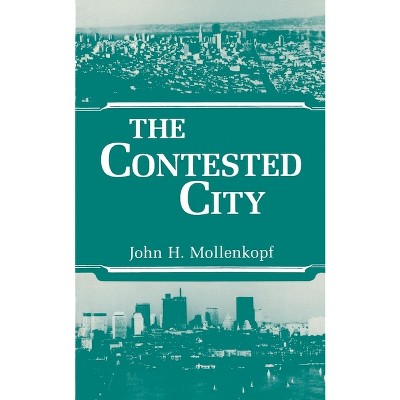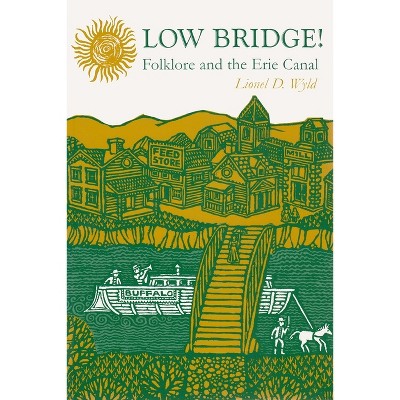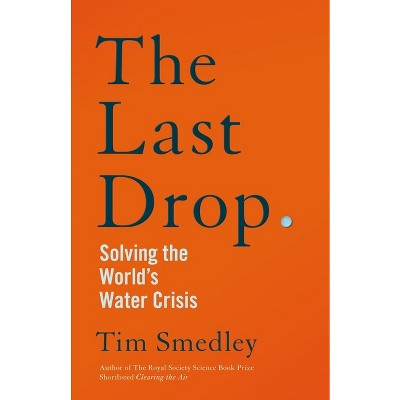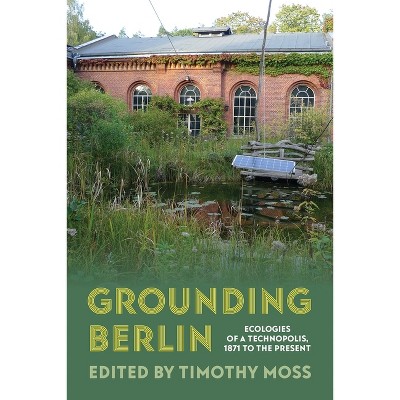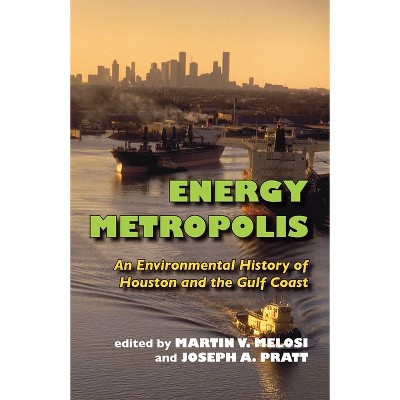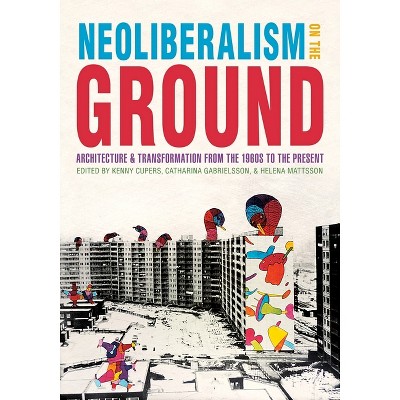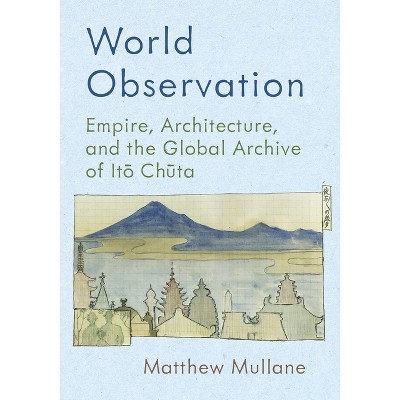Sponsored

River City and Valley Life - (History of the Urban Environment) by Christopher Castaneda & Lee M a Simpson (Paperback)
$65.00
In Stock
Eligible for registries and wish lists
Sponsored
About this item
Highlights
- Often referred to as "the Big Tomato," Sacramento is a city whose makeup is significantly more complex than its agriculture-based sobriquet implies.
- About the Author: Christopher J. Castaneda is professor of history at California State University, Sacramento.
- 416 Pages
- History, United States
- Series Name: History of the Urban Environment
Description
About the Book
Often referred to as "the Big Tomato," Sacramento is a city whose makeup is significantly more complex than its agriculture-based sobriquet implies. In River City and Valley Life, the contributors reveal the major transformations to the natural and built environment that have shaped Sacramento and its suburbs, residents, politics, and economics throughout its history. This environmental history provides a compelling case study of urban and suburban development in California and the American West.Book Synopsis
Often referred to as "the Big Tomato," Sacramento is a city whose makeup is significantly more complex than its agriculture-based sobriquet implies. In River City and Valley Life, seventeen contributors reveal the major transformations to the natural and built environment that have shaped Sacramento and its suburbs, residents, politics, and economics throughout its history.The site that would become Sacramento was settled in 1839, when Johann Augustus Sutter attempted to convert his Mexican land grant into New Helvetia (or "New Switzerland"). It was at Sutter's sawmill fifty miles to the east that gold was first discovered, leading to the California Gold Rush of 1849. Nearly overnight, Sacramento became a boomtown, and cityhood followed in 1850.
Ideally situated at the confluence of the American and Sacramento Rivers, the city was connected by waterway to San Francisco and the surrounding region. Combined with the area's warm and sunny climate, the rivers provided the necessary water supply for agriculture to flourish. The devastation wrought by floods and cholera, however, took a huge toll on early populations and led to the construction of an extensive levee system that raised the downtown street level to combat flooding. Great fortune came when local entrepreneurs built the Central Pacific Railroad, and in 1869 it connected with the Union Pacific Railroad to form the first transcontinental passage. Sacramento soon became an industrial hub and major food-processing center. By 1879, it was named the state capital and seat of government.
In the twentieth century, the Sacramento area benefitted from the federal government's major investment in the construction and operation of three military bases and other regional public works projects. Rapid suburbanization followed along with the building of highways, bridges, schools, parks, hydroelectric dams, and the Rancho Seco nuclear power plant, which activists would later shut down. Today, several tribal gaming resorts attract patrons to the area, while "Old Sacramento" revitalizes the original downtown as it celebrates Sacramento's pioneering past.
This environmental history of Sacramento provides a compelling case study of urban and suburban development in California and the American West. As the contributors show, Sacramento has seen its landscape both ravaged and reborn. As blighted areas, rail yards, and riverfronts have been reclaimed, and parks and green spaces created and expanded, Sacramento's identity continues to evolve. As it moves beyond its Gold Rush, Transcontinental Railroad, and government-town heritage, Sacramento remains a city and region deeply rooted in its natural environment.
Review Quotes
River City and Valley Life makes a valuable contribution to the environmental history of America's cities. Individually, its well-written chapters bring an essential environmental perspective to topics as diverse as gold mining, flood control, nuclear power, and suburbanization. Together, they paint a compelling portrait of a city firmly embedded in the natural world.-- "Michael Rawson, Brooklyn College and the CUNY Graduate Center"
In this fine set of essays on Sacramento, a distinguished group of historians ask what made and makes the city unique. The collection provides fascinating snapshots of agriculture, the gold rush, railroads, urban planning, boosterism, flood control, the New Deal, military bases, nuclear power, Old Sacramento, the American River Parkway, Indians, and Indian gaming. The collection will appeal to urban historians as well as to specialists in the West, California, and the environment.-- "Donald Pisani, University of Oklahoma"
Presents its readers with original and provocative ways to think about urban history and the life force of a city throughout its past. Provides something new for urban environmental historians and historians of California in its focus on the relationship between cities, residents, and the landscape.-- "Agricultural History"
This fascinating urban environmental history provides a wide-ranging overview of the diversity of landscapes both natural and built that make up the understudied Sacramento region. Each author's contribution provides depth and breadth to a growing body of knowledge of the organic relationship between environmental history and the history of urban growth and development in the American West. This volume makes the reader want to revisit (or visit for the first time) the city of Sacramento armed with a new understanding of its rich, varied, and sometimes troubling history.-- "Historical Geography"
About the Author
Christopher J. Castaneda is professor of history at California State University, Sacramento. He is the author or coauthor of numerous books, including: Dedication. Vision. Heart: The CalPERS Story; Keeping the Promise: A History of the California Department of Justice; and Invisible Fuel: Natural and Manufactured Gas in American History, 1800Ð2000.Dimensions (Overall): 9.3 Inches (H) x 6.1 Inches (W) x 1.1 Inches (D)
Weight: 1.25 Pounds
Suggested Age: 22 Years and Up
Number of Pages: 416
Genre: History
Sub-Genre: United States
Series Title: History of the Urban Environment
Publisher: University of Pittsburgh Press
Theme: State & Local, West (AK, CA, CO, HI, ID, MT, NV, UT, WY)
Format: Paperback
Author: Christopher Castaneda & Lee M a Simpson
Language: English
Street Date: December 9, 2013
TCIN: 92120891
UPC: 9780822962502
Item Number (DPCI): 247-15-8500
Origin: Made in the USA or Imported
If the item details aren’t accurate or complete, we want to know about it.
Shipping details
Estimated ship dimensions: 1.1 inches length x 6.1 inches width x 9.3 inches height
Estimated ship weight: 1.25 pounds
We regret that this item cannot be shipped to PO Boxes.
This item cannot be shipped to the following locations: American Samoa (see also separate entry under AS), Guam (see also separate entry under GU), Northern Mariana Islands, Puerto Rico (see also separate entry under PR), United States Minor Outlying Islands, Virgin Islands, U.S., APO/FPO
Return details
This item can be returned to any Target store or Target.com.
This item must be returned within 90 days of the date it was purchased in store, shipped, delivered by a Shipt shopper, or made ready for pickup.
See the return policy for complete information.
Frequently bought together


$18.88
MSRP $27.00
Buy 2, get 1 free select books, music & movies
4.8 out of 5 stars with 571 ratings
Trending Non-Fiction

$15.68
Buy 2, get 1 free select books, music & movies
4.8 out of 5 stars with 192 ratings

$19.31
was $20.98 New lower price
Buy 2, get 1 free select books, music & movies
4 out of 5 stars with 60 ratings

$19.58
MSRP $29.00
Buy 2, get 1 free select books, music & movies
4.6 out of 5 stars with 13 ratings

$4.59
MSRP $7.99
Buy 2, get 1 free select books, music & movies
4.8 out of 5 stars with 120 ratings

$6.20
MSRP $10.95
Buy 2, get 1 free select books, music & movies
4.8 out of 5 stars with 33 ratings

$7.09
MSRP $9.99
Buy 2, get 1 free select books, music & movies
4.9 out of 5 stars with 46 ratings
